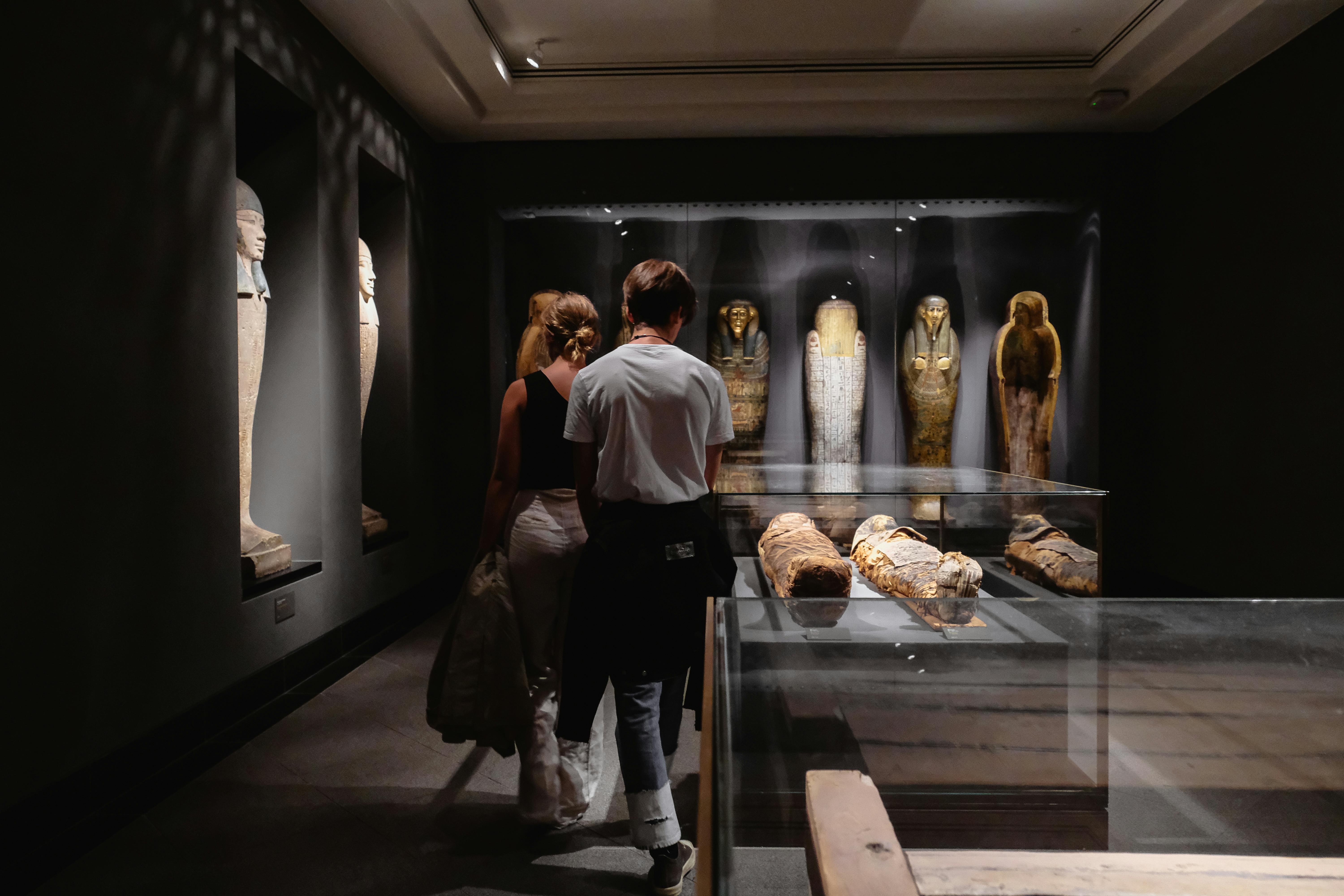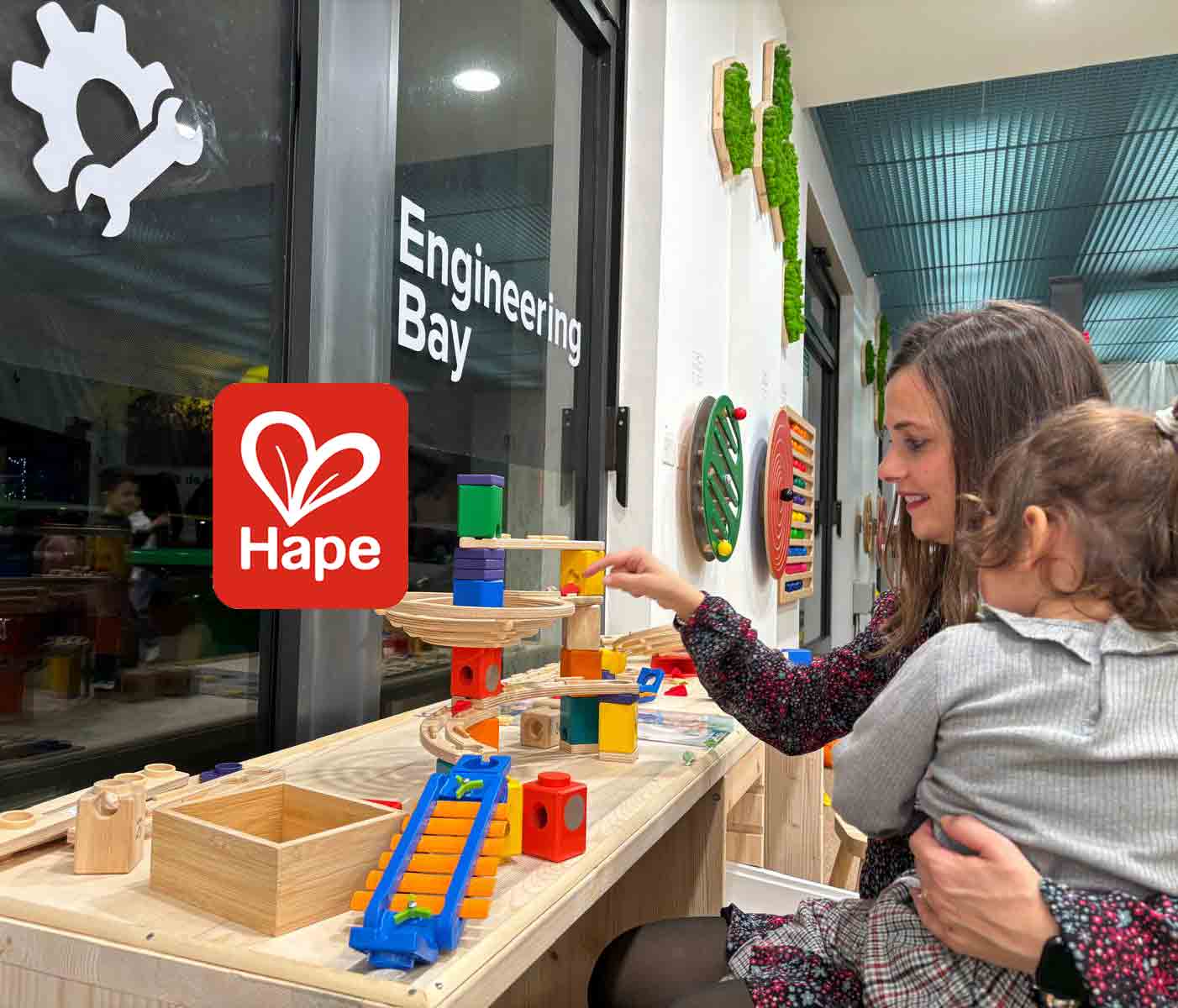In a fast-paced, ever-evolving world, museums remain cherished sanctuaries of culture, history, and learning. Once considered places for school trips or quiet escapes, museums are increasingly reimagining themselves as vibrant, interactive spaces that engage visitors of all ages. By weaving together the past, present, and future, museums unlock our curiosity and challenge us to think beyond what we know. Today, museums offer experiences that inspire lifelong learning, sparking discovery, creativity, and connection for everyone, from children to seniors.
Here, we delve into the ways museums fuel lifelong learning and highlight some of the most innovative approaches used to engage visitors of every age.
Museums as Gateways to Knowledge
Museums serve as gateways to a world of knowledge across diverse fields: art, history, science, and technology. For young visitors, museums open doors to new ideas, sparking interests that can shape a lifetime of learning. However, the benefits of these institutions aren’t confined to the young. Adults and older visitors discover that museums provide a place to delve deeper into subjects they might not have studied in school, making these institutions fertile ground for continued intellectual growth.
The blend of exhibits, interactive installations, and real-life artifacts encourages people to engage with complex topics in ways that books and classrooms might not offer. For example, science museums often showcase the latest in technological advancements, appealing to all ages, from children marveling at robots to adults fascinated by artificial intelligence.
An Interactive Approach to Learning
Museums have embraced technology and interactive installations to offer visitors hands-on learning experiences. This shift from traditional, passive viewing to dynamic, sensory engagement is critical in fostering curiosity and keeping pace with modern expectations. Touchscreen exhibits, VR simulations, and even AI-powered guides now make it possible to experience art and history in unprecedented ways.
Take, for instance, the Natural History Museum of Los Angeles, which features interactive displays that allow visitors to simulate earthquakes or dive into virtual ecosystems. Meanwhile, art museums like The Louvre and The Museum of Modern Art (MoMA) offer apps and audio guides that engage viewers in rich narratives. These tools transform a simple visit into a fully immersive experience, enriching visitors’ understanding of each exhibit and making learning accessible and engaging for everyone.
Fostering Emotional Connections Across Generations
One of the most profound ways museums inspire learning is by building emotional connections to history and culture. Standing in front of a piece of art that has withstood centuries, or examining relics from ancient civilizations, brings history to life and allows people to connect emotionally with the past. These experiences foster empathy and a deeper appreciation for different cultures, ideas, and histories.
Museums that focus on storytelling help bridge the generational gap, making exhibitions relevant to visitors of all ages. Family-oriented programs, such as art workshops or guided tours, make museums family-friendly spaces where grandparents, parents, and children can learn together. The Smithsonian Institution in Washington, D.C., offers family days where attendees can explore exhibits through shared storytelling, creating lasting memories across generations.
Learning Through Play for the Young (and the Young at Heart)
Play is one of the most effective ways to engage the human brain, and many museums incorporate playful elements that appeal to both young visitors and those who are young at heart. The Children’s Museum of Indianapolis, the largest of its kind, creates interactive, fun environments where children can learn through play. From climbing structures that mimic the world’s tallest skyscrapers to digging up dinosaur bones, these experiences encourage children to explore, imagine, and think critically.
Yet, play isn’t limited to children. Many adults enjoy the interactive, playful elements of modern museums as well, which is why some institutions have started offering “adult play nights.” These events transform the museum into a lively social setting with hands-on activities, allowing adults to rediscover the joy of learning in a casual, fun atmosphere.
Programs for Seniors: Lifelong Learning at Any Age
Museums understand the importance of inclusivity and strive to create experiences that cater to older adults, who are eager to continue learning and exploring. The rise of senior programs, which often include workshops, talks, and guided tours, provides older visitors with meaningful opportunities to engage with art, history, and culture.
The Metropolitan Museum of Art in New York City, for example, offers programs specifically designed for people with dementia, creating safe spaces for reflection and interaction. Programs like “Meet Me at MoMA” are tailored to foster social interaction and mental stimulation for seniors, supporting their emotional and cognitive well-being while connecting them to the art around them.
Creating Spaces for Art and Self-Expression
Art museums are also embracing innovative ways to engage visitors in self-expression. Many art institutions now offer hands-on workshops where visitors can create their own artwork, allowing them to connect with artistic practices. This approach fosters an appreciation for art and provides a creative outlet, encouraging both children and adults to explore their own artistic abilities.
In addition to workshops, some museums offer spaces where visitors can share their thoughts, responses, or even sketches inspired by the exhibits. The Tate Modern in London has such spaces for creative expression, inviting visitors to reflect on their experiences and share them, turning the museum into a living, breathing space where art becomes interactive and personal.
A Community Hub for All
Modern museums aren’t just places to visit—they’ve evolved into community hubs where people come together for shared experiences, discussions, and events. Local museums especially play a vital role in engaging their communities, offering a venue for lectures, performances, and community events that cater to all age groups. This shift reflects a growing recognition of museums as not just repositories of knowledge but as active participants in their communities.
In addition, community-focused exhibits encourage locals to engage with their own histories, traditions, and stories. For example, the National Museum of African American History and Culture in Washington, D.C., explores the contributions and experiences of African Americans, providing a space for dialogue and reflection. Community-based programming like this turns museums into dynamic centers where lifelong learning is shared and celebrated.
Conclusion
Museums are no longer simply places to visit—they are spaces to explore, learn, and grow, regardless of age. Through interactive experiences, emotional connections, and community engagement, they inspire us to keep learning, reminding us that curiosity and creativity don’t have an expiration date. By embracing technology, inclusivity, and innovative programming, museums are redefining themselves as beacons of lifelong learning.
For anyone who has ever been captivated by a painting, awed by a historical artifact, or inspired by an exhibition, the message is clear: museums are for everyone. They are places where learning knows no bounds, igniting imaginations and fostering connections for people of all ages. Whether you’re a curious child, a reflective adult, or a lifelong learner seeking new experiences, museums invite you to discover, create, and connect in ways that enrich your understanding of the world—and yourself.



